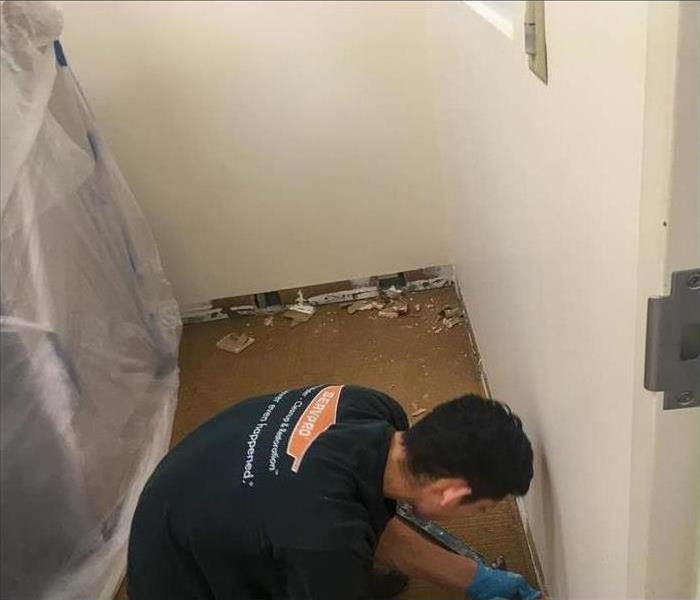Disaster Preparedness for Your Business
5/7/2021 (Permalink)
4 Steps To Create a Disaster Preparedness Plan
The weather in West Miami, FL, can change in a blink. While surprises can be fun for birthday parties or movie cameos, you don’t want to be caught off guard by severe weather at your commercial property. Here are four steps for creating a disaster preparedness plan.
1. Identify Risks
The first step in implementing an emergency plan is identifying what the most likely threats are to your business. While this can depend on geographical location to an extent, it is a good idea to have a plan in place for every kind of weather. Fires, floods and tornadoes can strike anywhere at any time.
2. Determine a Course of Action
Once you have identified the possible risks to your business, the next step in business preparedness is picking a course of action. This plan should be tailored to each type of emergency. For example, you should shelter in place for a tornado but evacuate quickly for a fire. Identify the safest areas in which to take shelter and plot escape routes for every room in the building. Do practice drills for both.
3. Keep Communication Lines Open
After a disaster event, regular communication such as cell phones may not be an option due to lack of signal or overloaded towers. It's always a good idea to have a backup system for checking in. This can mean including walkie-talkies in your emergency kit or establishing a meeting point as part of your disaster preparedness plan.
4. Plan Ahead for a Smoother Recovery
The aftermath of severe weather and similar events can be just as overwhelming as the disaster itself. To make your road to recovery smoother, keep up-to-date photos of your assets for insurance claims. Enlist the help of a professional storm damage restoration crew to have your business back and thriving as quickly and safely as possible.
Disaster preparedness is integral to the success of any business. Creating and practicing a contingency plan is the best way to protect your property, your assets and — most importantly — your workforce.






 24/7 Emergency Service
24/7 Emergency Service
